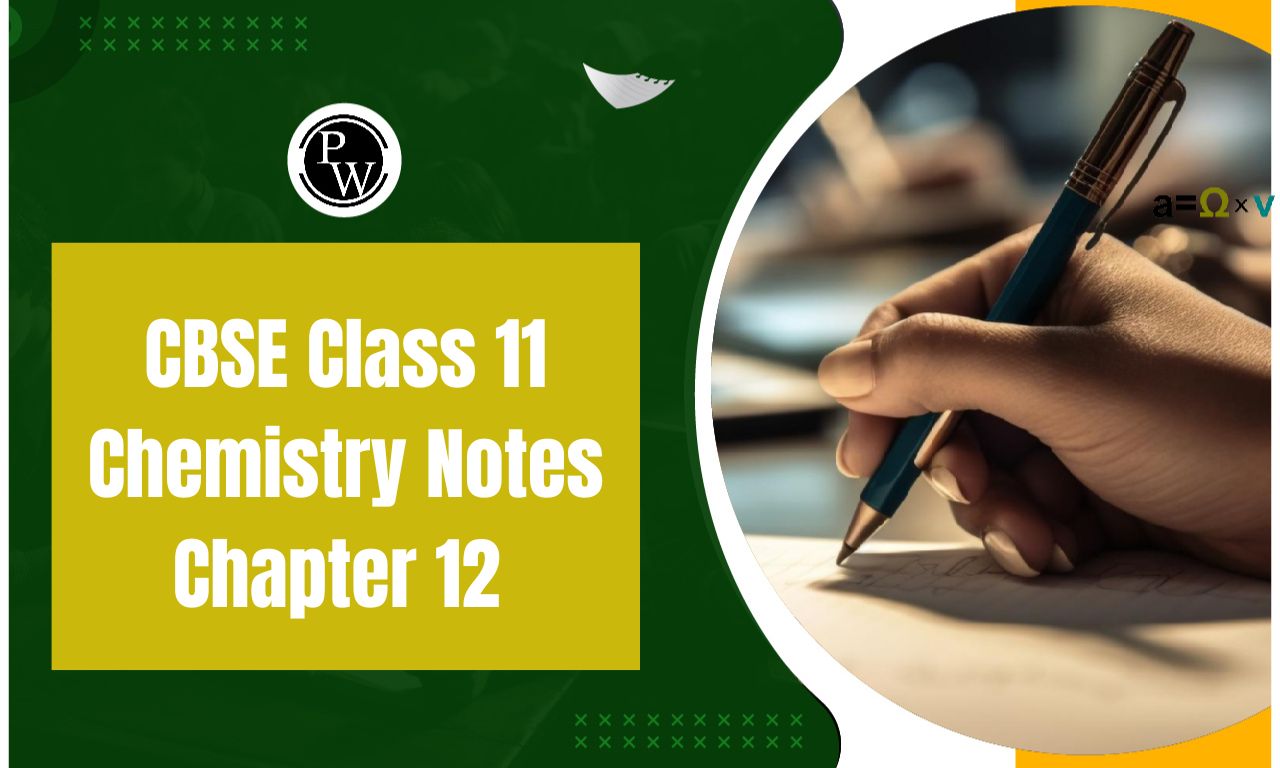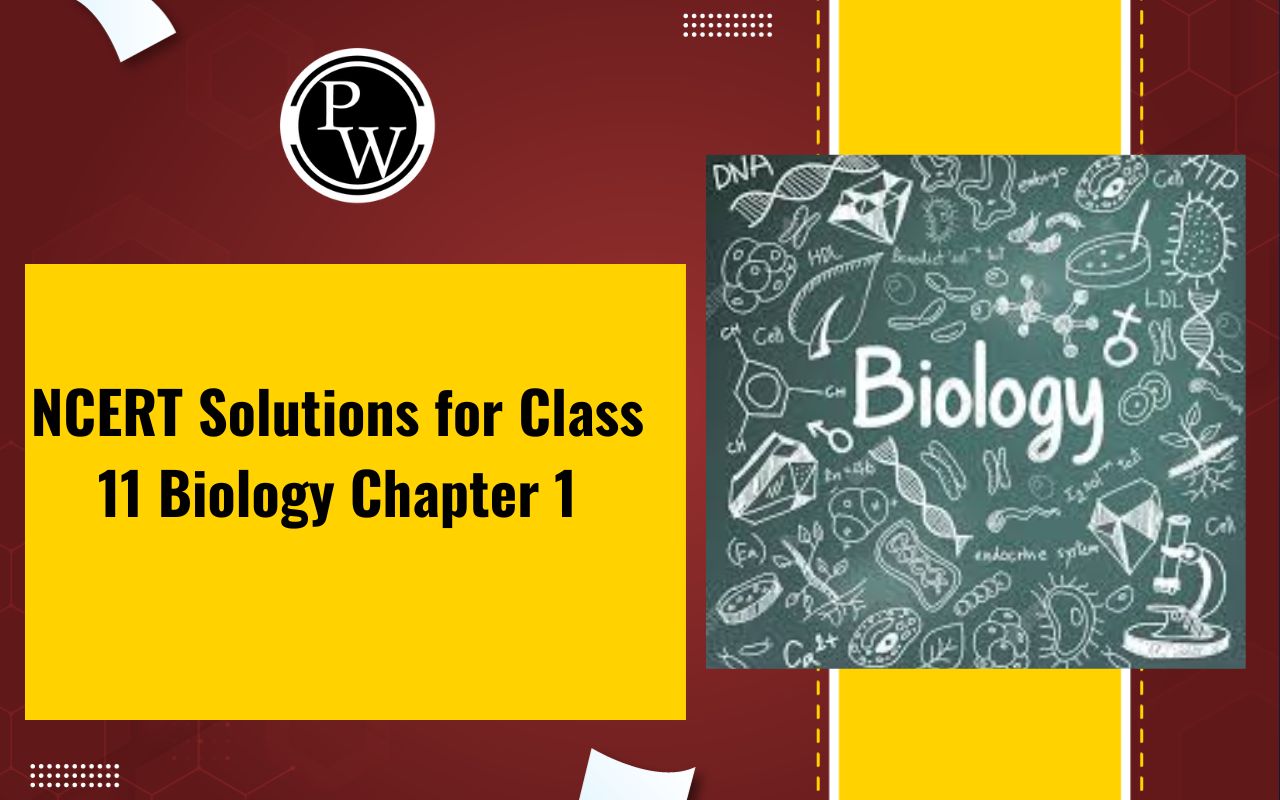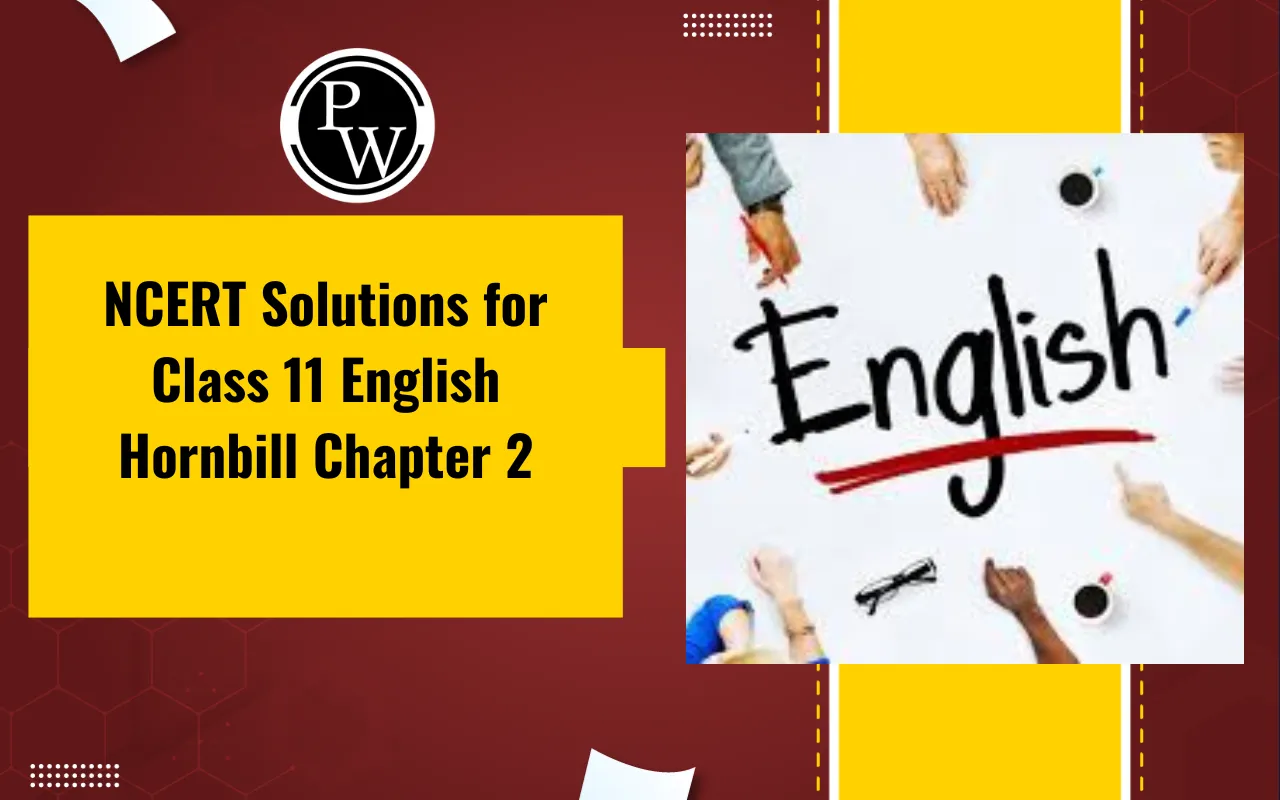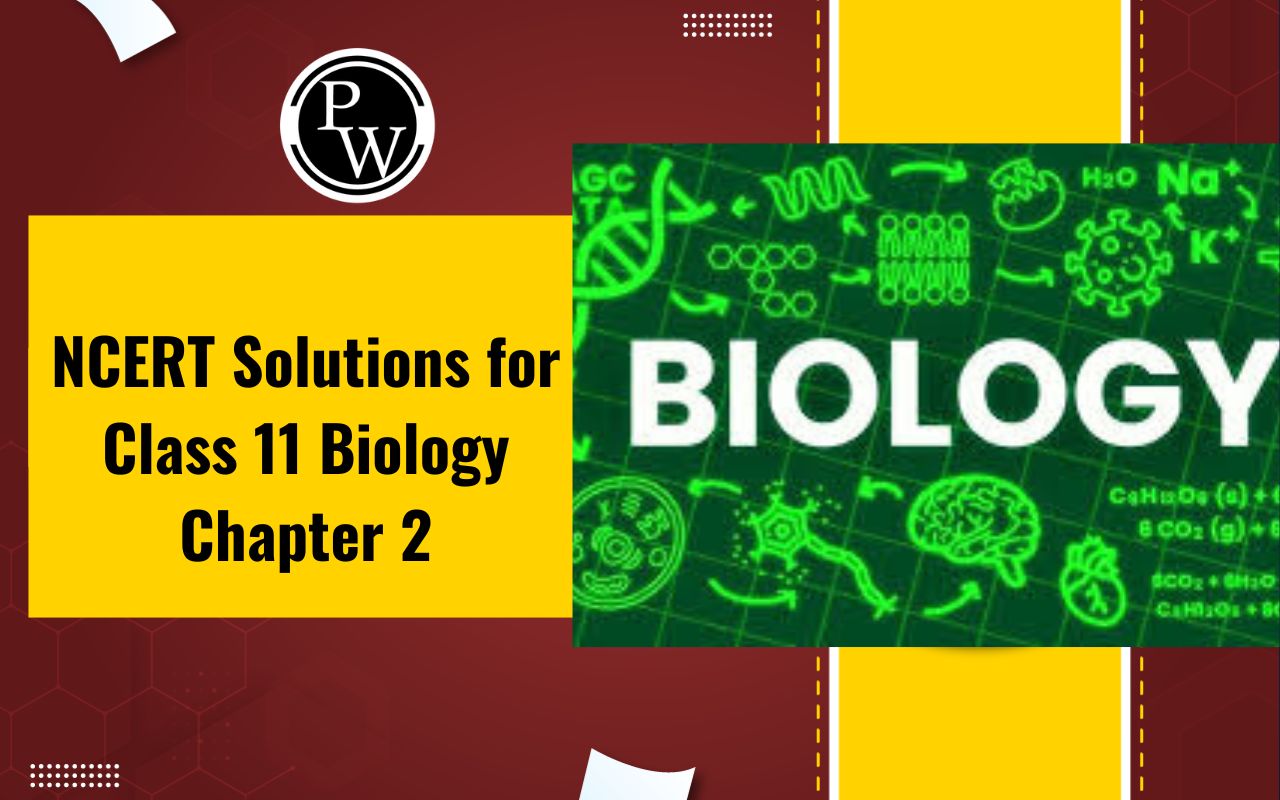
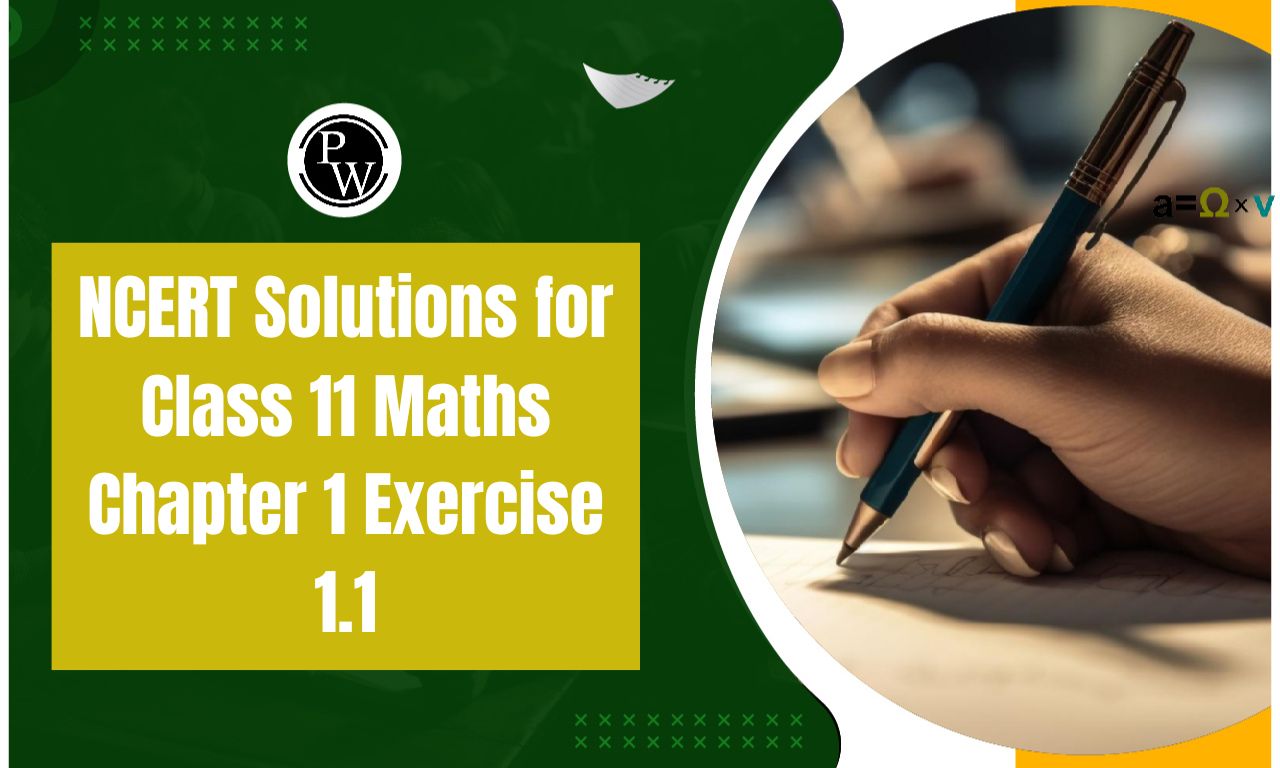
NCERT Solutions for Class 11 Maths Chapter 1 Exercise 1.1: Chapter 1 of NCERT Class 11 Maths, Sets , introduces the fundamental concepts of sets, including definitions, notations, and types. Exercise 1.1 focuses on understanding sets, representing them in roster and set-builder forms, and identifying finite and infinite sets.
It also emphasizes solving problems related to subsets and understanding the distinction between elements and sets. This exercise builds a strong foundation for logical reasoning and future topics like relations and functions. It aims to develop clarity about the properties of sets and their representation, encouraging critical thinking through real-world examples and mathematical problems.NCERT Solutions for Class 11 Maths Chapter 1 Exercise 1.1 Overview
NCERT Class 11 Maths Chapter 1, Sets , introduces the concept of sets, their types, and representation methods like roster and set-builder forms. Exercise 1.1 emphasizes identifying finite and infinite sets, subsets, and distinguishing elements from sets. Understanding sets is crucial as it forms the foundation for advanced topics like relations, functions, calculus, and probability. This exercise develops logical thinking and precision in mathematical representation, essential for problem-solving and real-life applications. Mastery of these concepts is pivotal for higher studies in mathematics and other fields like computer science, ensuring a strong mathematical base for academic and professional success.NCERT Solutions for Class 11 Maths Chapter 1 Exercise 1.1 PDF
NCERT Solutions for Class 11 Maths Chapter 1 Exercise 1.1 Sets
Below is the NCERT Solutions for Class 11 Maths Chapter 1 Exercise 1.1 Sets -1. Which of the following are sets? Justify our answer.
(i) The collection of all months of a year beginning with the letter J.
(ii) The collection of the ten most talented writers of India.
(iii) A team of eleven best-cricket batsmen of the world.
(iv) The collection of all boys in your class.
(v) The collection of all natural numbers less than 100.
(vi) A collection of novels written by the writer Munshi Prem Chand.
(vii) The collection of all even integers.
(viii) The collection of questions in this Chapter.
(ix) A collection of the most dangerous animals in the world.
Solution:
(i) The collection of all months of a year beginning with the letter J is a well-defined collection of objects, as one can identify a month which belongs to this collection. Therefore, this collection is a set. (ii) The collection of the ten most talented writers of India is not a well-defined collection, as the criteria to determine a writer’s talent may differ from one person to another. Therefore, this collection is not a set. (iii) A team of eleven best-cricket batsmen of the world is not a well-defined collection, as the criteria to determine a batsman’s talent may vary from one person to another. Therefore, this collection is not a set. (iv) The collection of all boys in your class is a well-defined collection, as you can identify a boy who belongs to this collection. Therefore, this collection is a set. (v) The collection of all natural numbers less than 100 is a well-defined collection, as one can find a number which belongs to this collection. Therefore, this collection is a set. (vi) A collection of novels written by the writer Munshi Prem Chand is a well-defined collection, as one can find a book which belongs to this collection. Therefore, this collection is a set. (vii) The collection of all even integers is a well-defined collection, as one can find an integer which belongs to this collection. Therefore, this collection is a set. (viii) The collection of questions in this Chapter is a well-defined collection, as one can find a question which belongs to this chapter. Therefore, this collection is a set. (ix) A collection of the most dangerous animals in the world is not a well-defined collection, as the criteria to find the dangerousness of an animal can differ from one animal to another. Therefore, this collection is not a set.2. Let A = {1, 2, 3, 4, 5, 6}. Insert the appropriate symbol ∈or ∉ in the blank spaces.
(i) 5…A (ii) 8…A (iii) 0…A
(iv) 4…A (v) 2…A (vi) 10…A
Solution:
(i) 5 ∈ A (ii) 8 ∉ A (iii) 0 ∉ A (iv) 4 ∈ A (v) 2 ∈ A (vi) 10 ∉ A3. Write the following sets in roster form.
(i) A = { x : x is an integer and –3 < x < 7}.
(ii) B = { x : x is a natural number less than 6}.
(iii) C = { x : x is a two-digit natural number such that the sum of its digits is 8}
(iv) D = { x : x is a prime number which is divisor of 60}.
(v) E = The set of all letters in the word TRIGONOMETRY.
(vi) F = The set of all letters in the word BETTER.
Solution:
(i) A = { x : x is an integer and –3 < x < 7} –2, –1, 0, 1, 2, 3, 4, 5, and 6 only are the elements of this set. Hence, the given set can be written in roster form as A = {–2, –1, 0, 1, 2, 3, 4, 5, 6} (ii) B = { x : x is a natural number less than 6} 1, 2, 3, 4, and 5 only are the elements of this set. Hence, the given set can be written in roster form as B = {1, 2, 3, 4, 5} (iii) C = { x : x is a two-digit natural number such that the sum of its digits is 8} 17, 26, 35, 44, 53, 62, 71, and 80 only are the elements of this set. Hence, the given set can be written in roster form as C = {17, 26, 35, 44, 53, 62, 71, 80} (iv) D = { x : x is a prime number which is divisor of 60} Here, 60 = 2 × 2 × 3 × 5
2, 3 and 5 only are the elements of this set.
Hence, the given set can be written in roster form as
D = {2, 3, 5}
(v) E = The set of all letters in the word TRIGONOMETRY
TRIGONOMETRY is a 12 letters word out of which T, R and O are repeated.
Hence, the given set can be written in roaster form as
E = {T, R, I, G, O, N, M, E, Y}
(vi) F = The set of all letters in the word BETTER
BETTER is a 6 letters word out of which E and T are repeated.
Hence, the given set can be written in roster form as
F = {B, E, T, R}
Here, 60 = 2 × 2 × 3 × 5
2, 3 and 5 only are the elements of this set.
Hence, the given set can be written in roster form as
D = {2, 3, 5}
(v) E = The set of all letters in the word TRIGONOMETRY
TRIGONOMETRY is a 12 letters word out of which T, R and O are repeated.
Hence, the given set can be written in roaster form as
E = {T, R, I, G, O, N, M, E, Y}
(vi) F = The set of all letters in the word BETTER
BETTER is a 6 letters word out of which E and T are repeated.
Hence, the given set can be written in roster form as
F = {B, E, T, R}
4. Write the following sets in the set-builder form.
(i) (3, 6, 9, 12)
(ii) {2, 4, 8, 16, 32}
(iii) {5, 25, 125, 625}
(iv) {2, 4, 6 …}
(v) {1, 4, 9 … 100}
Solution:
(i) {3, 6, 9, 12} The given set can be written in the set-builder form as { x : x = 3 n , n ∈ N and 1 ≤ n ≤ 4}. (ii) {2, 4, 8, 16, 32} We know that 2 = 2 1 , 4 = 2 2 , 8 = 2 3 , 16 = 2 4 , and 32 = 2 5 . Therefore, the given set {2, 4, 8, 16, 32} can be written in the set-builder form as { x : x = 2 n , n ∈ N and 1 ≤ n ≤ 5}. (iii) {5, 25, 125, 625} We know that 5 = 5 1 , 25 = 5 2 , 125 = 5 3 , and 625 = 5 4 . Therefore, the given set {5, 25, 125, 625} can be written in the set-builder form as { x : x = 5 n , n ∈N and 1 ≤ n ≤ 4}. (iv) {2, 4, 6 …} {2, 4, 6 …} is a set of all even natural numbers. Therefore, the given set {2, 4, 6 …} can be written in the set-builder form as { x : x is an even natural number}. (v) {1, 4, 9 … 100} We know that 1 = 1 2 , 4 = 2 2 , 9 = 3 2 …100 = 10 2 . Therefore, the given set {1, 4, 9… 100} can be written in the set-builder form as { x : x = n 2 , n ∈ N and 1 ≤ n ≤ 10}.5. List all the elements of the following sets.
(i) A = { x : x is an odd natural number}
(ii) B = { x : x is an integer, -1/2 < x < 9/2}
(iii) C = { x : x is an integer, x 2 ≤ 4}
(iv) D = { x : x is a letter in the word “LOYAL”}
(v) E = { x : x is a month of a year not having 31 days}
(vi) F = { x : x is a consonant in the English alphabet which proceeds k }
Solution:
(i) A = { x : x is an odd natural number} So, the elements are A = {1, 3, 5, 7, 9 …..}. (ii) B = { x : x is an integer, -1/2 < x < 9/2} We know that – 1/2 = – 0.5 and 9/2 = 4.5 So, the elements are B = {0, 1, 2, 3, 4}. (iii) C = { x : x is an integer, x 2 ≤ 4} We know that (–1) 2 = 1 ≤ 4; (–2) 2 = 4 ≤ 4; (–3) 2 = 9 > 4 Here, 0 2 = 0 ≤ 4, 1 2 = 1 ≤ 4, 2 2 = 4 ≤ 4, 3 2 = 9 > 4 So, we get C = {–2, –1, 0, 1, 2} (iv) D = { x : x is a letter in the word “LOYAL”} So, the elements are D = {L, O, Y, A} (v) E = { x : x is a month of a year not having 31 days} So, the elements are E = {February, April, June, September, November} (vi) F = { x : x is a consonant in the English alphabet which proceeds k } So, the elements are F = {b, c, d, f, g, h, j}6. Match each of the sets on the left in the roster form with the same set on the right described in the set-builder form.
(i) {1, 2, 3, 6} (a) {x: x is a prime number and a divisor of 6}
(ii) {2, 3} (b) {x: x is an odd natural number less than 10}
(iii) {M, A, T, H, E, I, C, S} (c) {x: x is a natural number and divisor of 6}
(iv) {1, 3, 5, 7, 9} (d) {x: x is a letter of the word MATHEMATICS}
Solution:
(i) Here, the elements of this set are natural numbers as well as divisors of 6. Hence, (i) matches with (c). (ii) 2 and 3 are prime numbers which are divisors of 6. Hence, (ii) matches with (a). (iii) The elements are the letters of the word MATHEMATICS. Hence, (iii) matches with (d). (iv) The elements are odd natural numbers which are less than 10. Hence, (v) matches with (b).Benefits of Using NCERT Solutions for Class 11 Maths Chapter 1 Exercise 1.1
Clear Understanding of Concepts: Provides step-by-step explanations to grasp the basics of sets, their types, and representations.
Accurate Solutions: Ensures error-free answers, adhering to the NCERT guidelines.
Time-Saving: Offers ready-made solutions, helping students save time during revisions.
Foundation for Advanced Topics: Strengthens concepts critical for higher mathematics like calculus, probability, and relations.
Effective Exam Preparation: Helps in mastering problem-solving techniques for better performance in exams.
Ease of Access: Available in PDF format for convenient offline and online study.
NCERT Solutions for Class 11 Maths Chapter 1 Exercise 1.1 FAQs
What is the purpose of sets?
What is unique about sets?
What are the advantages of sets?
What is the symbol for a set?





